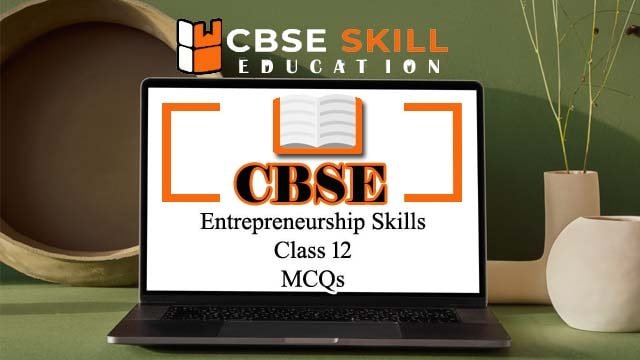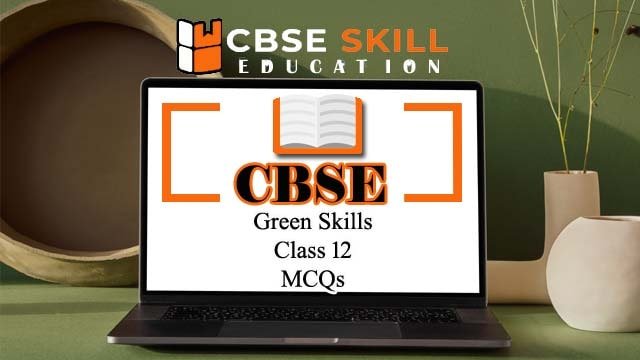Employability Skills Class 12 Notes
Employability Skills Class 12 Notes – In order to prepare students for the workforce and help them acquire the skills and information needed to succeed in their careers, CBSE Class 12 curriculum includes the teaching of employability skills. The goal of the course is to give students practical training and real-world experience in a variety … Read more




